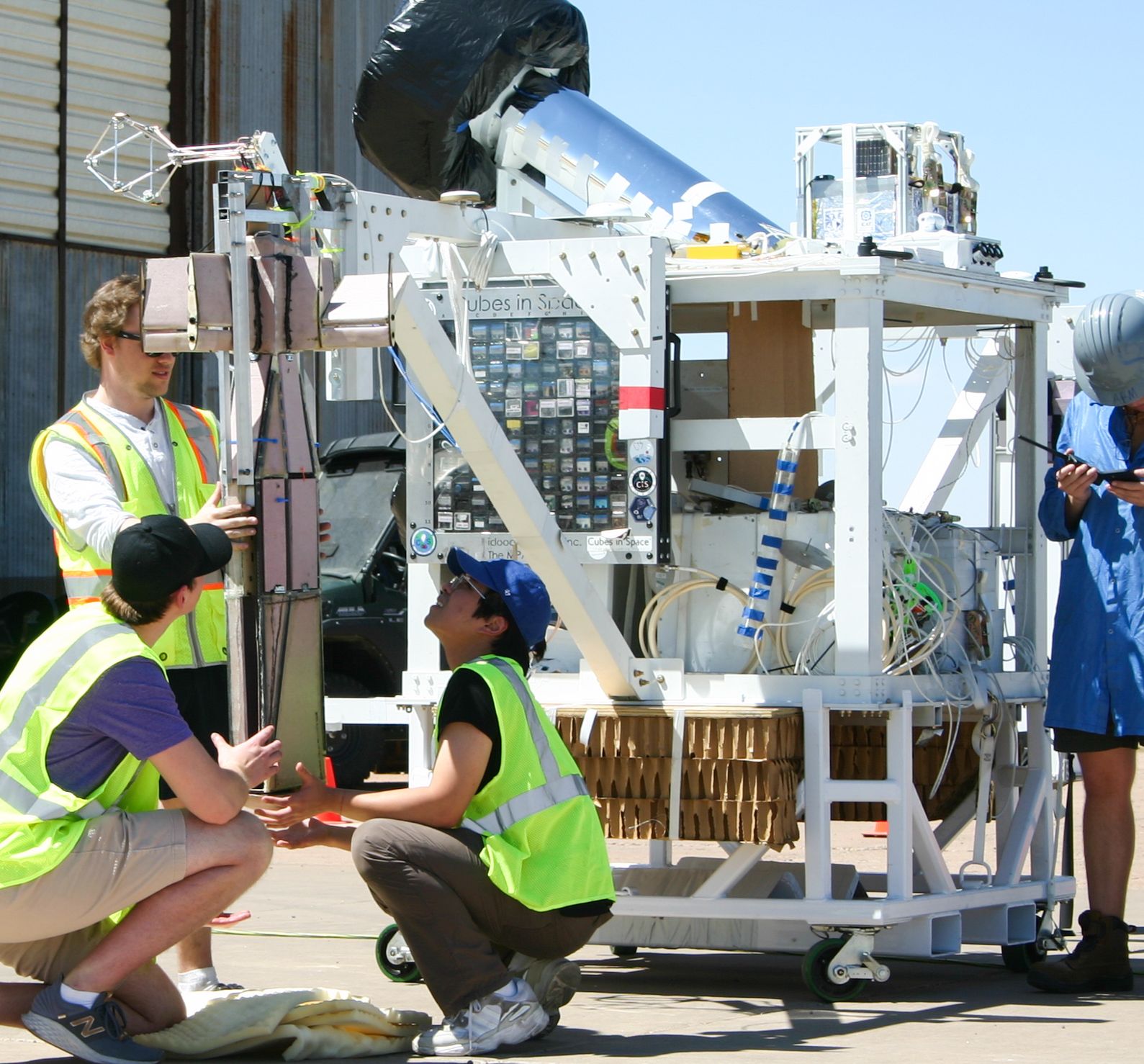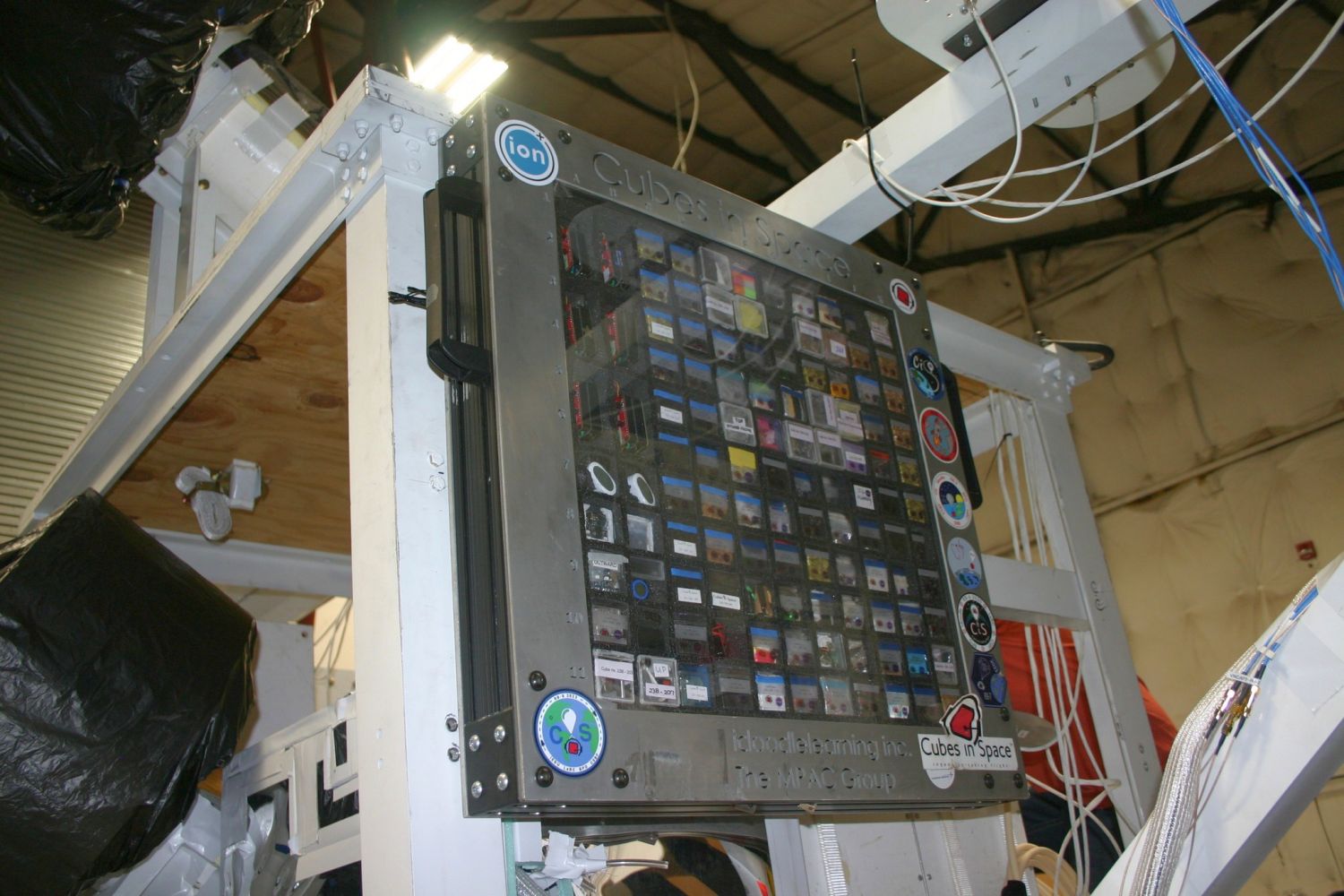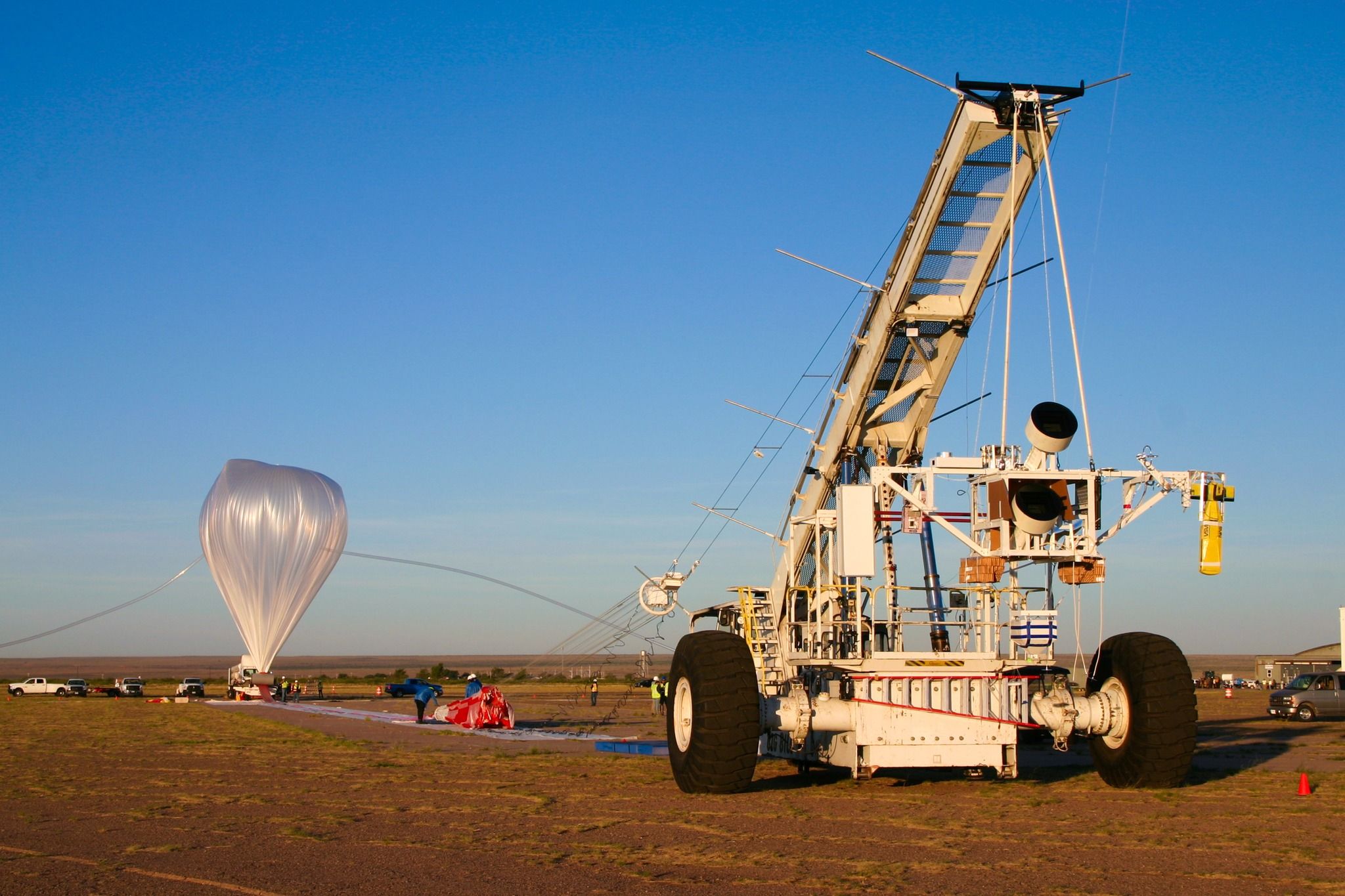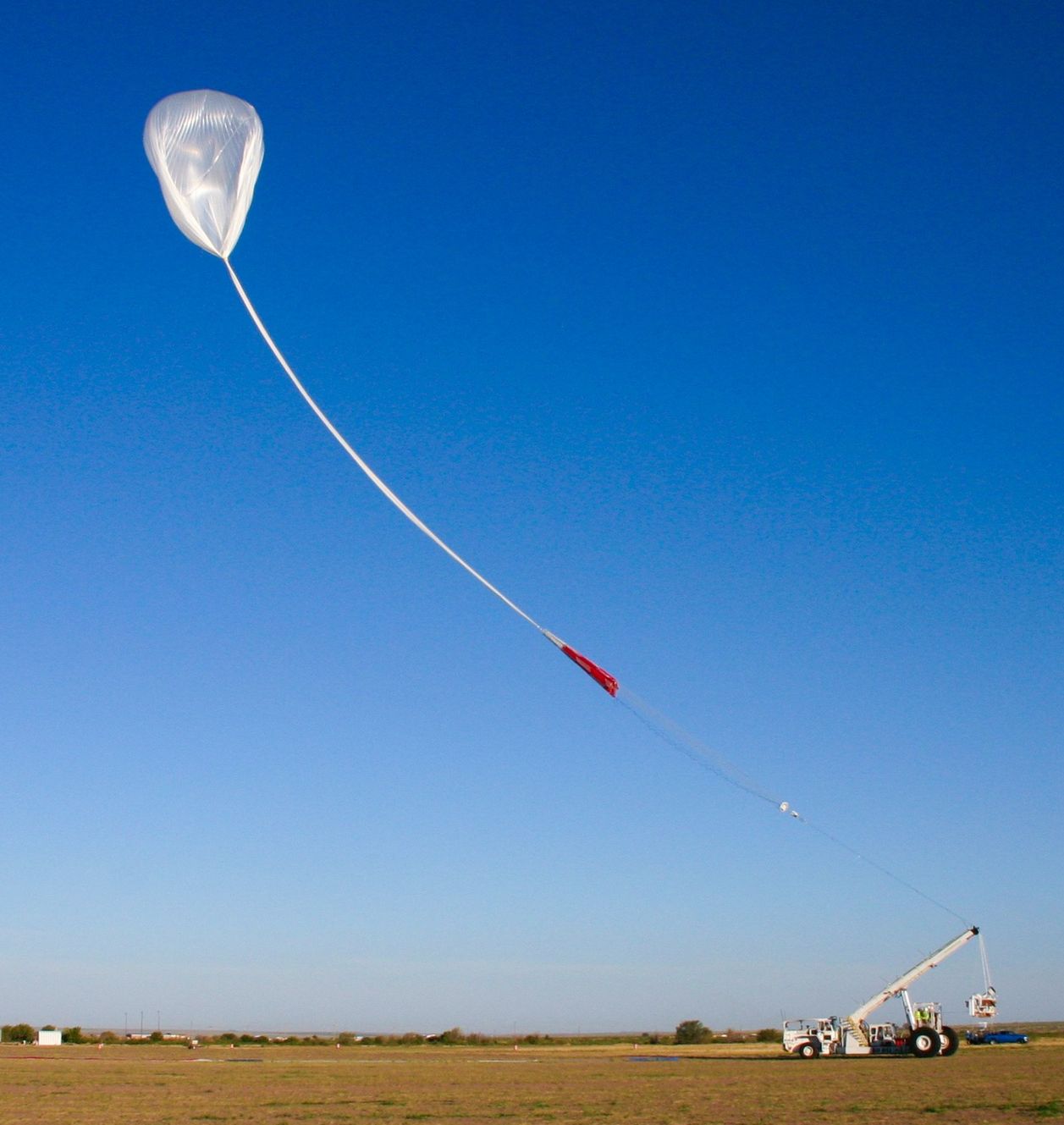Purpose of the flight and payload description
The main purpose of the flight was to perform a technology demonstration to validate several systems developed at the Columbia Balloon Scientific Facility, under supervision of Robert Salter acting as principal investigator.
As an additional cargo flown as mission of opportunity in this mission were the six payloads selected as FLOATing DRAGON Balloon Challenge Finalists. The initiative, sponsored by NASA's Wallops Flight Facility's Balloon Program Office (BPO) asks collegiate students to develop a concept and preliminary prototype for a system capable of delivering a data vault to the ground in a guided, safe manor without subjecting the data vault to a harsh environment. The challenge was open to teams of undergraduate and graduate college students who have an interest in aviation, ballooning, and guidance, navigation, and control (GN&C).
Each finalist team will receive a small monetary award (5000 US Dollars) to help off-set costs associated with the development and construction of their concept and will also receive a standardized equipment and hardware package from NASA, including the data vault payload. Each finalist team was paired with a NASA Mission Manager in the BPO at Wallops Flight Facility, who provided technical guidance for several months to help refine the team's design and get it flight ready. Upon successfully passing a rigorous mission review process, finalist teams were allowed to take part of this flight. The winning team may also have an opportunity to integrate their system into an official NASA development.
The six payloads included in this mission were:
BRGR (Balloon Research Glider Recovery) developed at Princeton University
Purdue DRAGONfly developed by a team of Purdue University
Project Jack Drop from the South Dakota State University
Floating Longhorns developed at The University of Texas at Austin
HERMES (High-altitude Experimental Rogallo Mission to Escort Safely) from University of California, Davis
IRIS v3 developed by a team from University of Notre Dame, Indiana
Another additional cargo flown as mission of opportunity was the module of the CUBES IN SPACE program: an international educational initiative for students aged 11 to 18 that teaches them how to design STEM -science, technology, engineering and mathematics- experiments and provide a platform to conduct those experiments in near-space. More than 100 experiments were hosted together in a specially built module that was attached to one of the sides of the gondola.
Details of the balloon flight
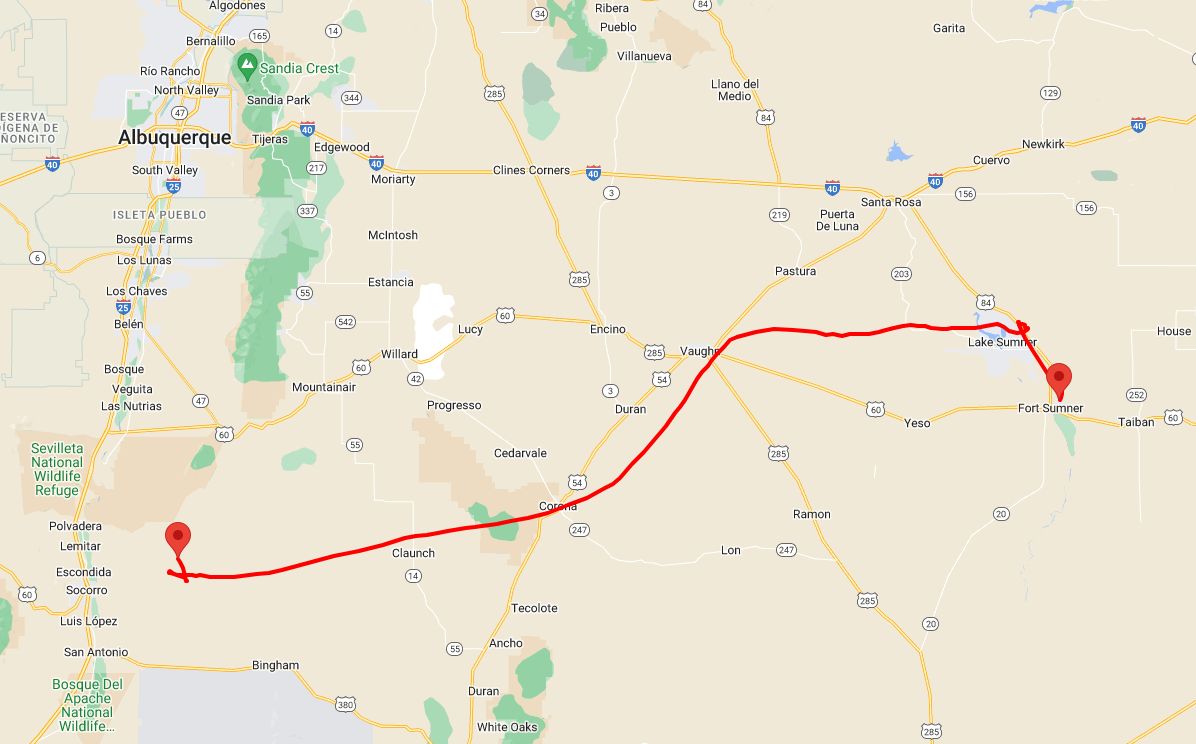
Balloon launched on: 8/19/2023 at 13:20 utc
Launch site: Scientific Flight Balloon Facility, Fort Sumner, (NM), US
Balloon launched by: Columbia Scientific Balloon Facility (CSBF)
Balloon manufacturer/size/composition: Zero Pressure Balloon Raven Aerostar 4.000.000 cuft
Flight identification number: 730NT
End of flight (L for landing time, W for last contact, otherwise termination time): 8/19/2023 at 18:48 utc
Balloon flight duration (F: time at float only, otherwise total flight time in d:days / h:hours or m:minutes - ): 5 h
Landing site: 20 km NE of Socorro, New Mexico, US
External references
- Balloon Research Glider Recovery (BRGR) Princeton University website
- Cubes in Space program
- First NASA Scientific Balloon Flight Kicks Off Campaign in Fort Sumner NASA website
- FLOATing DRAGON Balloon Challenge
- Floating Longhorns The University of Texas at Austin
- NASA Scientific Balloons Take to the Sky in New Mexico NASA website
- Notre Dame IrishSat high-altitude balloon selected as finalist for NASA challenge Notre Dame University
- Notre Dame's IrishSat passes high-altitude NASA test in New Mexico desert University of Notre Dame website
- Project Jack Drop / Turning a great idea into a workable product News at SD State
- Purdue DRAGONfly preliminary design review Video on Youtube
- UC Davis Student Team Selected as Finalist for New NASA Balloon Challenge University of California, Davis
16334If you consider this website interesting or useful, you can help me to keep it up and running with a small donation to cover the operational costs. Just the equivalent of the price of a cup of coffee helps a lot.

